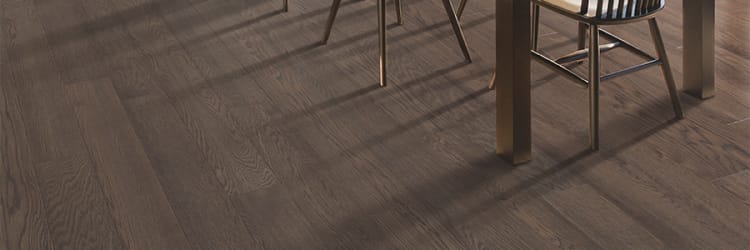The impact of flooring-wall color coordination
- Creates a cohesive look: When the colors of your hardwood flooring and walls complement each other, they create a cohesive and balanced appearance. A well-coordinated color scheme enhances the overall atmosphere of your space and adds a touch of elegance and sophistication.
- Enhances room size perception: The right combination of flooring and wall colors can visually alter the perception of space. Light-colored walls with lighter-toned flooring can make a room appear more spacious, while darker hues can create a cozy and intimate feel. Consider the size of the room and the desired ambiance when making your selection.
- Accentuates architectural features: Matching the colors of your hardwood flooring with the walls allows you to highlight architectural features such as crown molding, baseboards, or built-in bookshelves. By selecting complementary colors, you can draw attention to these elements, adding depth and character to your interior design.
Tips for choosing the perfect combination
- Consider the wood species: Different wood species have unique undertones and characteristics that can influence color coordination. For instance, oak has warm undertones that pair well with earthy wall colors, while maple has a light and versatile appearance that can work with a variety of hues. Consider the undertones of your wood floors and choose wall colors that complement them.
- Utilize color theory: Understanding basic color theory can help you make informed decisions. Complementary colors, such as blue and orange or green and red, create a vibrant contrast, while analogous colors, like blue and purple or yellow and orange, offer a more harmonious blend. Experiment with color swatches or consult a professional to find the perfect combination.
- Test samples in different lighting: Lighting plays a crucial role in how colors appear in a space. Natural light, artificial lighting, and even the direction of light can affect the visual perception of colors. Be sure to test samples of your chosen hardwood flooring and wall colors in different lighting conditions to ensure they harmonize well.
Visit us for your hardwood floors and more
Coordinating your hardwood flooring with wall colors can significantly impact the overall ambiance and style of your home. By creating a cohesive look, enhancing room size perception, and accentuating architectural features, you can achieve a visually stunning and harmonious living space. Remember to consider the wood species, utilize color theory, and test samples in different lighting to make the best choice for your unique home.
Stop by Nielsen Bros & Sons for help with choosing the color of your wood floors. Our showrooms in Bellevue, Auburn, and Lynnwood, WA, serve Redmond, Kirkland, Renton, and surrounding areas.









